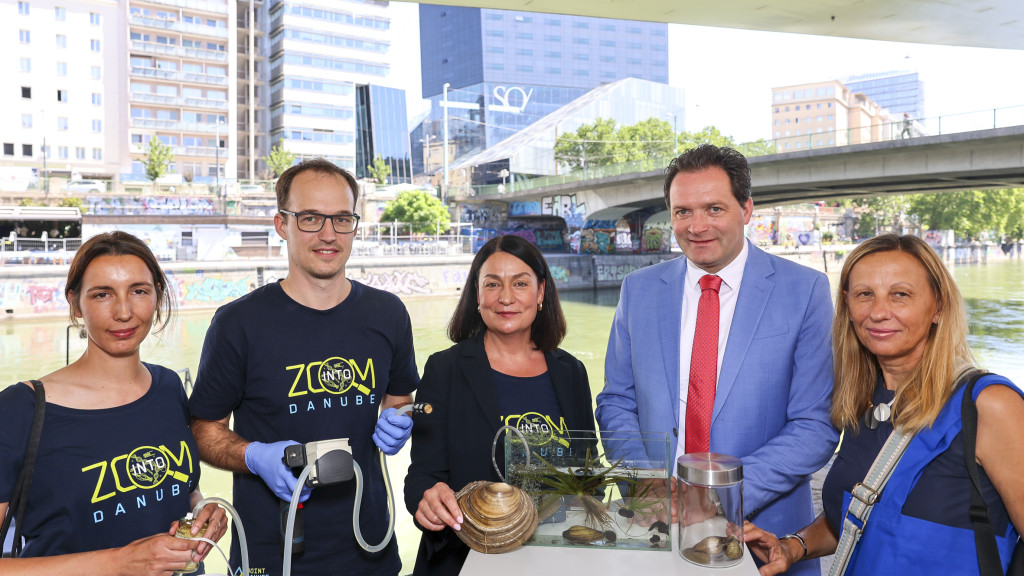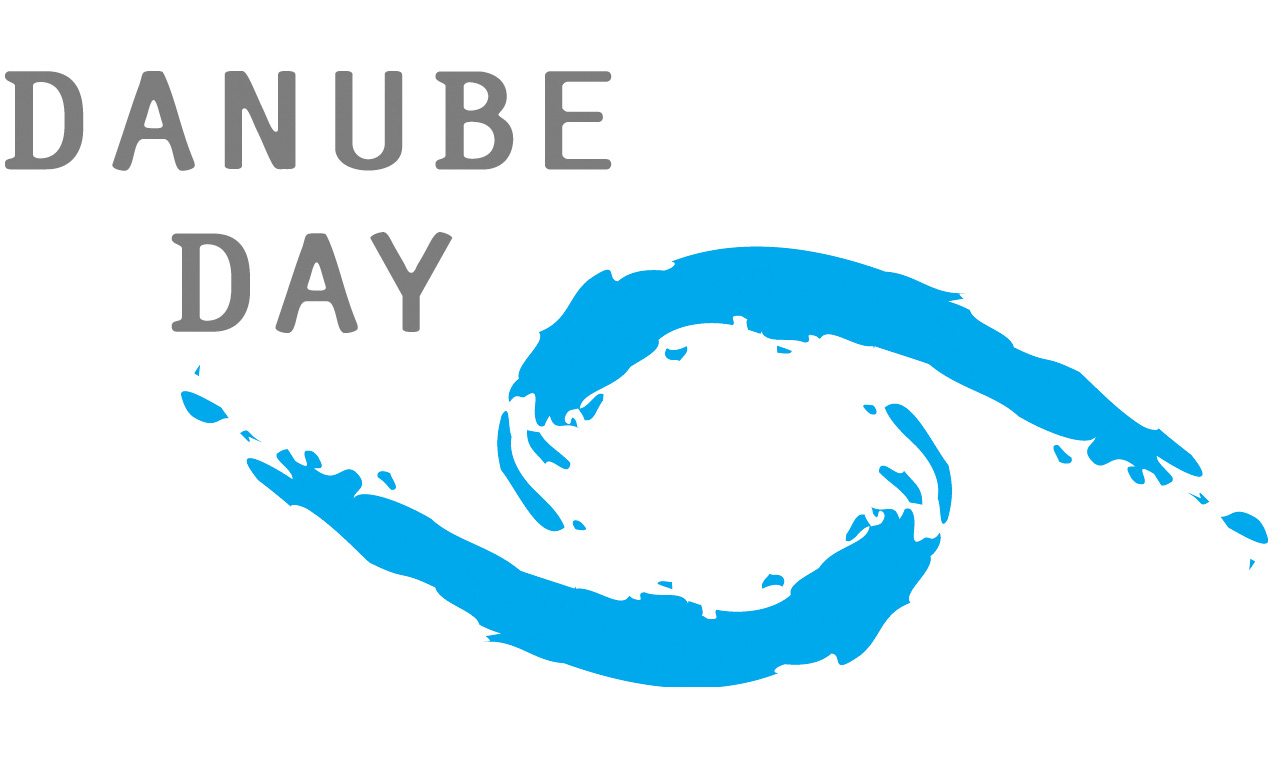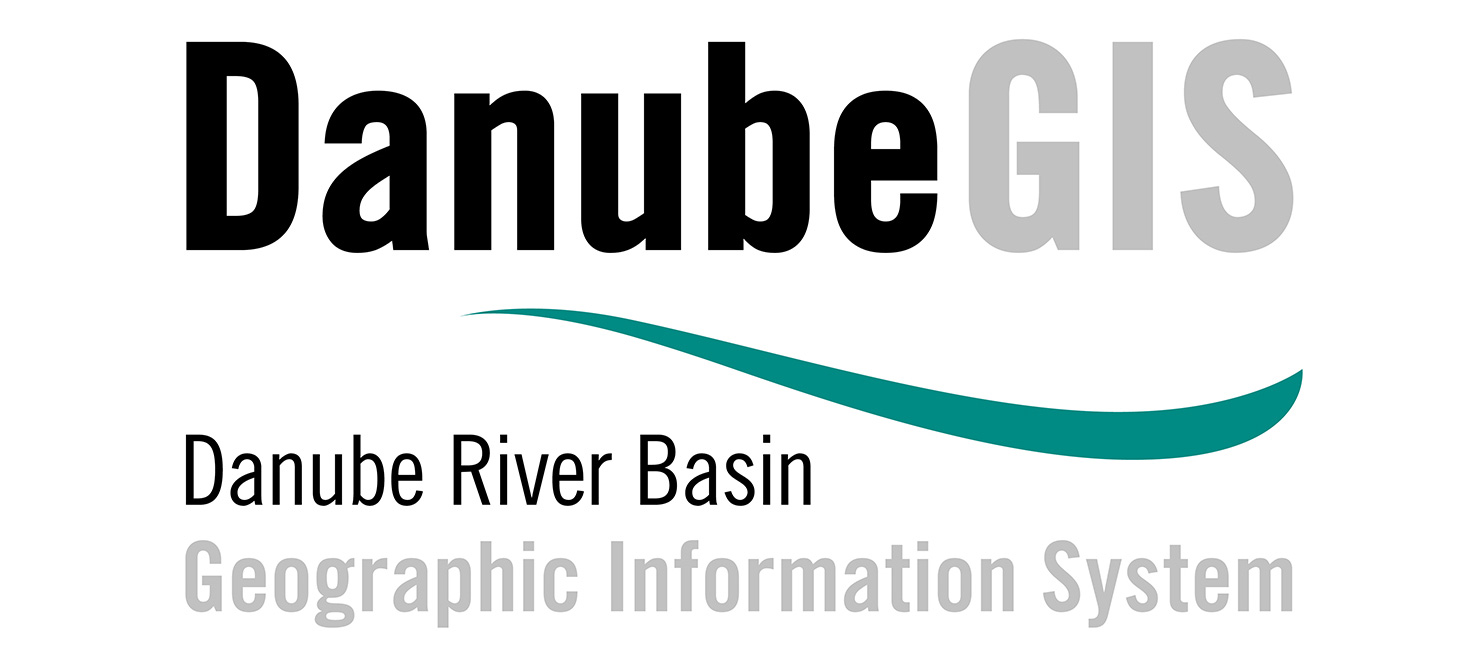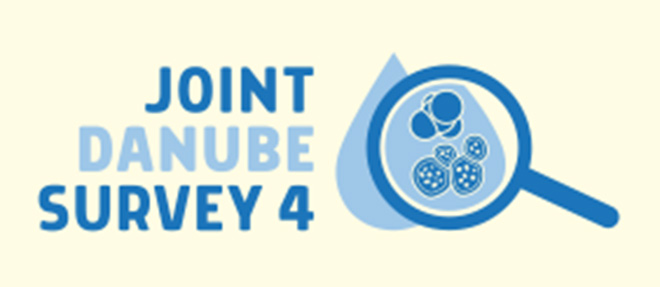World's Largest Surface Water Monitoring Project Launches On The Danube

Vienna, 1 July 2025 (Motto am Fluss) - Held every six years, the Joint Danube Survey (JDS) builds on the legacy of its predecessors and brings together experts from across the Danube River Basin and beyond for its implementation. The Survey conducts the most comprehensive scientific analysis of Europe’s second-longest river. Today marks the official launch of the fifth edition of this unique initiative: JDS5.
“Protecting the Danube and its unique ecosystems is vital for all Danube countries—including Austria. This is why we must work together at every level to ensure sustainable water management and safeguard aquatic biodiversity” said Federal Minister Norbert Totschnig, speaking at the launch in Vienna. “Projects like the Joint Danube Survey, now taking place for the fifth time and held every six years, clearly demonstrate how important and effective cross-border cooperation can be. With JDS5, we are implementing the world’s largest surface water monitoring project alongside 13 other Danube countries. Over 1,000 leading experts from 100 institutions will analyze the Danube at 108 monitoring sites using state-of-the-art methods to detect thousands of substances. I am particularly pleased that local school classes are involved through a citizen science programme—ensuring broad public engagement. The outstanding knowledge base we are building with JDS5 is a major contribution to protecting the valuable Danube region for future generations.”
Zooming in on the Danube
JDS5 is defined by its international spirit and scientific excellence. The survey will assess water quality, monitor biodiversity using advanced environmental DNA (eDNA) techniques, and track emerging threats such as microplastics and contaminants. A key feature of JDS5 is its innovative “Citizen Science” programme, developed in cooperation with the European Commission’s Joint Research Centre (JRC). Through it, students and local communities will actively contribute to water monitoring through hands-on sampling activities.
“This is more than just a scientific survey,” said Birgit Vogel, ICPDR Executive Secretary. “It’s a call to connect, with one another, with the people of our Danube River Basin and with the future of our shared river. Through JDS5, we invite scientists and citizens alike to ‘Zoom into Danube’ and explore the stories and hidden science beneath the surface to better understand our environment and its meaning, and to shape the future of the Danube, together.”
With over 2,800 km of the Danube River under observation and additional sampling stations on major tributaries, JDS5 underscores the Danube’s global significance as the most international river basin in the world.
Lidija Globevnik, President of the ICPDR, highlighted the power of collective action: “JDS5 exemplifies the best of transboundary cooperation. By working together, we are advancing not only science and informing policy but also public engagement, building a river basin community that understands, values, and protects our shared waters.”
The survey’s findings will feed directly into the 2027 update of the Danube River Basin Management Plan, informing policy decisions and environmental strategies at both national and regional levels.
About JDS5:
The Joint Danube Survey (JDS) is the most comprehensive investigative surface water monitoring effort in the world. It supports the harmonization of water quality assessment across Danube countries in line with the EU Water Framework Directive, which aims to achieve good water status across Europe. JDS5 builds on four previous surveys (2001, 2007, 2013, and 2019), and officially begins on 1 July 2025, with 49 primary sampling sites in 14 countries.
The main goals of JDS5, maintained through all past surveys and further expanded in JDS5 are:
Collecting unique data: Gathering information on pollutants and emerging contaminants not typically monitored in national programmes.
Harmonizing water quality Information: Ensuring data comparability across all Danube countries to support effective policymaking and conservation efforts.
Enhancing Public Engagement: Creating opportunities for citizens, students and communities, to participate in water protection efforts through citizen science programmes and digital outreach activities.
About the ICPDR:
The International Commission for the Protection of the Danube River (ICPDR) is a transnational body, which has been established to implement the Danube River Protection Convention to ensure sustainable and equitable water management, conservation of water resources, and protection of aquatic ecosystems in the Danube River.
Learn more and follow JDS5 updates at: www.danubesurvey.org
Media Contact:
Federal Ministry of Agriculture and Forestry, Climate and Environmental Protection, Regions and Water Management
Tel.: +43 1 71100-606747
E-Mail: @email
Web: www.bmluk.gv.at
ICPDR Secretariat
Hélène Masliah-Gilkarov
Technical Expert, Public Participation & Communication for ICPDR Secretariat at UNOV
Tel.: (+43 1) 26060-4373
Mobile: (+43 676) 845 200 220
E-Mail: @email
Web: www.danubesurvey.org





